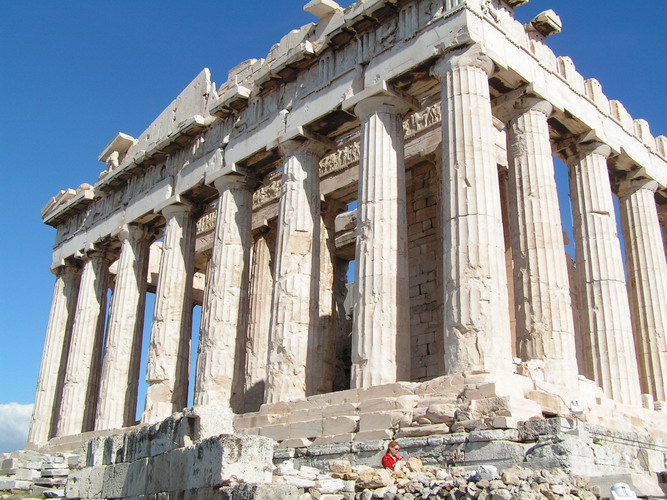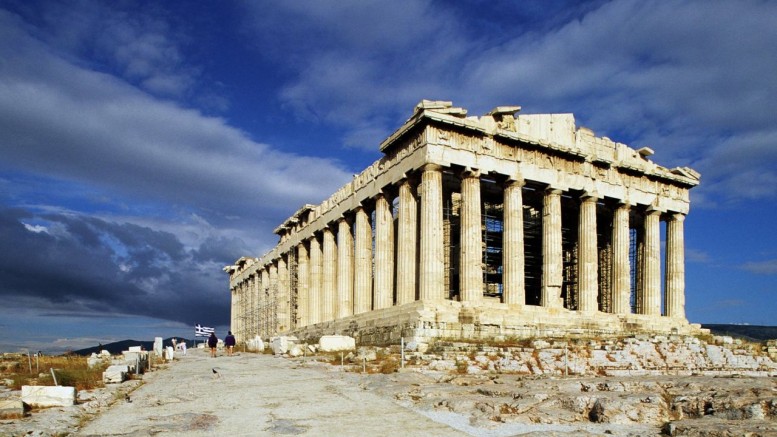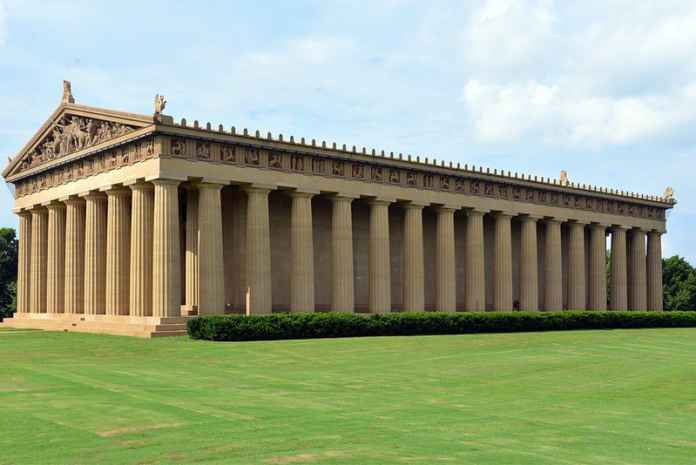Parthenon, Athens is an ode to the patroness of the city!
Parthenon, overlooking the city of Athens is a temple which was constructed in honor of the goddess Athena Parthenos, renowned as the patroness of the city of Athens. The origin of the Parthenon’s name is from the Greek word which referred to the “unmarried women’s apartments”. Sitting atop the sacred Acropolis Hill, Parthenon, which was formerly known as the Great Temple (Megas Naos) is the most important surviving building of Classical Greece. An icon of Western civilization, Parthenon is categorised as one of the most famous buildings in the world.
Also sometimes referred to as the Temple of Minerva, the construction of Parthenon started in 447 BC. It took nine years for the completion of the temple, whose construction was commissioned by Pericles. While the design of the Parthenon is attributed to Kallikrates and Iktinos, architect and sculptor Pheidias has been credited for the supervision of this most-visited archaeological site of Greece.

The main purpose of the Parthenon was to house the statue of Athena Parthenos, created by Pheidias. The statue, made of gold and ivory, depicted Athena standing as a helmeted martial goddess. Also, two smaller temples, the first in stone, and the second in marble, were earlier built at this site but it was the Parthenon, which was ultimately finalised as the perfect home for goddess Athena.
As far as reaching Parthenon, Acropolis is concerned, from Athens to Acropolis is hardly a ten minute distance. So the only arrangement which needs to be made in terms of travelling in order to visit Parthenon, is to book a ticket, depending on your convenience and budget to Athens in Greece. After that, accessing Acropolis is easy enough. Visitors should note that the entrance to the Acropolis is off Theorias Street.
Parthenon, is essentially a temple of the Doric order. A temple built in Doric layout usually has eight columns at the façade, and seventeen columns at the flanks, resulting in the fixed ratio of 9:4. Parthenon contains two inner chambers; the east cell housing the Athena Parthenos and the west cell which was earlier used by priests and contained the treasury of the Metope.
As far as the ideal time for visiting Parthenon is concerned, visitors should note that Athens tends to get stiflingly hot during summers. Temperatures can even exceed the 40C range in the month of July. However, the evenings are pleasant due to temperature drop. November to March is usually classified as the rainy season in Athens. Travel enthusiasts suggest that the best seasons to plan a visit to Parthenon are spring and autumn.

Parthenon is known all the world over for the exquisite architecture on both its interiors and external surface. So, when you visit Parthenon, keep an eye out for the following details:
Metopes: Metopes are detailed structures representing the human anatomy. What makes Metopes stand out are the details, which are to the extent that one can even spot the veins and muscles of the figures.
Frieze: Depicting an interpretation of the procession from the Dipylon Gate in the Kerameikos to the Acropolis, the Frieze runs around the exterior walls of Parthenon.
Pediments: Found on the East and West gable ends, the Pediments reflect the birth of Athena and the contest between Athena and Poseidon.
For a historically rich vacation, visit the Parthenon at Greece. And don’t forget to carry your camera!













